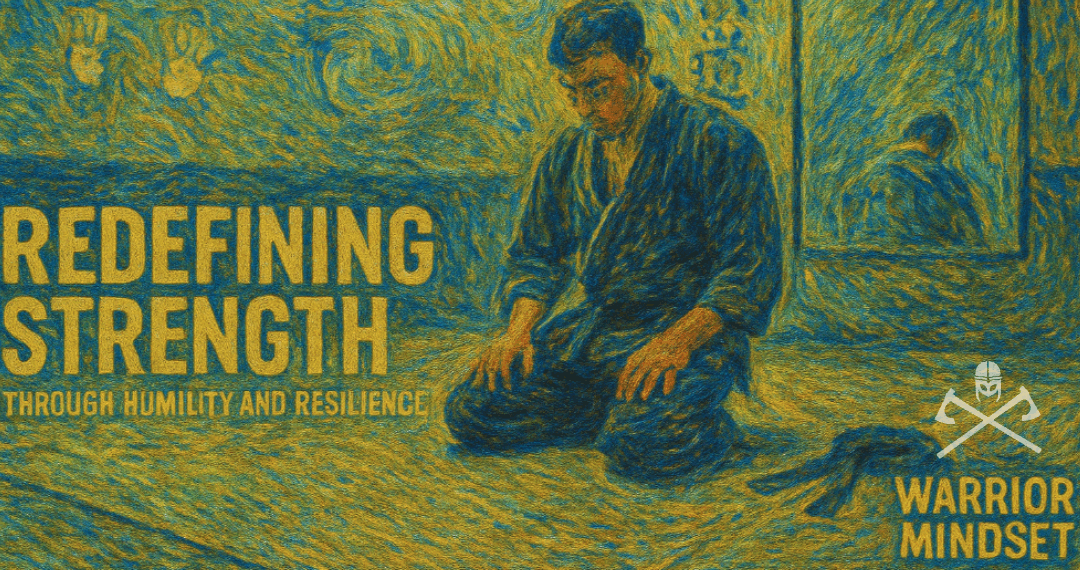
by Gene Crawford | Oct 27, 2025 | Podcast
Let’s challenge some stereotypes by dissecting this “10 Harsh Masculine Truths” post and reframing toxic masculinity as an issue of individual character. Through stoic principles, we emphasize humility, resilience, and genuine strength over cynicism or bravado. Shifting to the life in the Dojo, we explore the true meaning of earning a Blackbelt, not as an end goal but as the beginning of lifelong learning, teaching, and humility. We discuss aging as a martial artist and the importance of inclusivity and respect within the community. Finally, we unpack emotional authenticity in men, using the “crayon box” metaphor to encourage a broader range of expression, touching on gaming, comics, and other outlets that reveal how growth and effort define real strength.
(more…)
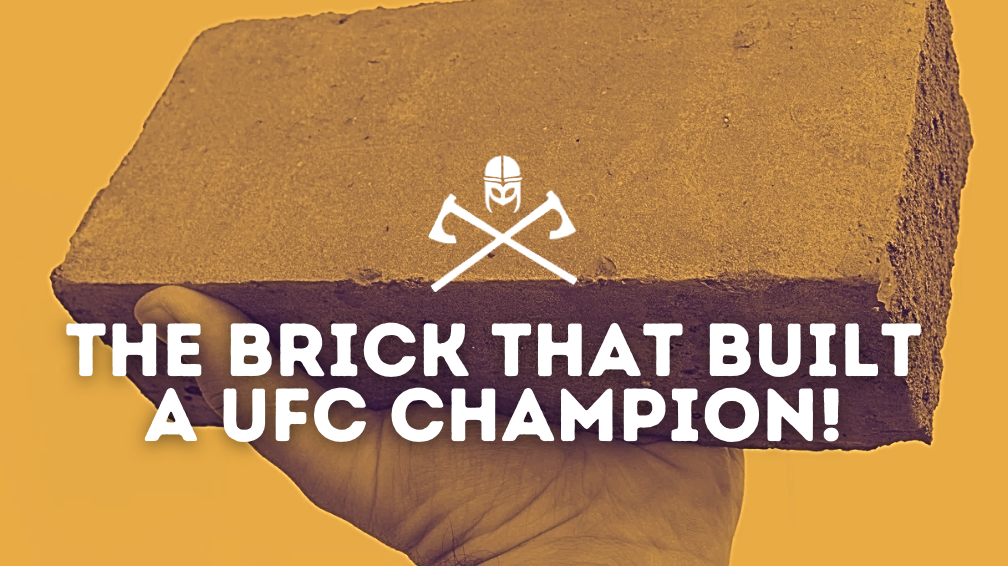
by Gene Crawford | Mar 18, 2025 | Blog
Imagine carrying a brick every single day, not just any brick, but one with the name of the man who took everything from you. Georges St-Pierre did exactly that after the biggest loss of his career. But why? And what happened when he finally put it down?
The Brick That Built a Champion: How Georges St-Pierre Used Defeat as Fuel
The weight of a single brick is nothing compared to the weight of failure. But for Georges St-Pierre, a brick was more than just a brick. It was a constant, tangible reminder of the night everything fell apart.
The Night That Shook the MMA World
April 7, 2007. UFC 69.
The crowd roared as the cage door locked behind Georges St-Pierre and Matt Serra. Everyone expected the champion to dominate. Serra, the scrappy underdog from Long Island, had fought his way through The Ultimate Fighter reality show for a shot at the welterweight belt. On paper, he had no business winning.
But fights aren’t won on paper.
Just over three minutes into the first round, Serra rocked St-Pierre with an overhand right. The champ wobbled. The next few seconds were a blur, punches landing, balance lost, survival instincts failing. Before long, the referee was pulling Serra away, and St-Pierre was left staring up at the lights.
He had been dethroned. Humiliated.
The Weight of a Brick
Most fighters bury their losses. They push the pain aside, pretend it never happened, and move on. But St-Pierre? He carried his.
Literally.
At some point after the loss, he picked up a brick and wrote “Matt Serra” on it. That brick became part of his daily life. He took it with him to training. It sat in his gym, a silent witness to every grueling workout, every bead of sweat, every moment of self-doubt.
Why?
Because he refused to forget. He refused to let that moment of defeat become just another bad memory. Instead, he used it. Every time he saw the brick, he was reminded of what he had lost. But more importantly, he was reminded of what he was working to reclaim.
The weight of the brick wasn’t physical. It was psychological. It was emotional. And it was exactly what he needed.
The Road to Redemption
For a year, St-Pierre trained like a man possessed. Every takedown drilled, every punch thrown, every round sparred, it all led to one inevitable moment.
April 19, 2008. UFC 83. The rematch.
This time, there was no mistake. St-Pierre dominated Serra from the opening bell. He took him down at will, controlled the fight, and, in the second round, finished him with brutal knees to the body.
As the referee waved it off, the weight lifted. Not just the pressure of the fight, but something else. Something that had been with him every single day.
The brick.
He didn’t need it anymore.
The Lesson in Mental Toughness
St-Pierre’s journey from humiliation to redemption wasn’t just about skill. It was about mindset. Most people run from failure. He carried his. He turned it into fuel.
The brick was never about Matt Serra. It was about himself, his own doubts, his own fears, his own drive to be better.
When the time came, he didn’t just put the brick down. He crushed it.
And that’s what separates champions from everyone else.
Want to push yourself past failure like GSP? Next time you face a setback, don’t ignore it. Carry it. Let it remind you why you need to fight harder. Then, when the time is right, let it go.
But only after you’ve turned it into victory.
5 Key Takeaways from Georges St-Pierre’s Brick Story
- Failure Can Be Fuel – Instead of running from defeat, GSP used it as daily motivation by carrying a brick with Matt Serra’s name on it.
- Turn Pain Into Purpose – The brick symbolized his loss, but also his drive to reclaim his title, pushing him to train harder every day.
- Mindset Shapes Champions – GSP’s comeback wasn’t just physical; it was mental. His ability to embrace failure and use it constructively set him apart.
- Symbolic Reminders Work – Having a tangible object tied to a goal or setback can be a powerful psychological tool to stay focused and disciplined.
- Let It Go After Growth – Once GSP avenged his loss, he put the brick down, showing that after learning and improving, you must move forward without carrying past burdens.
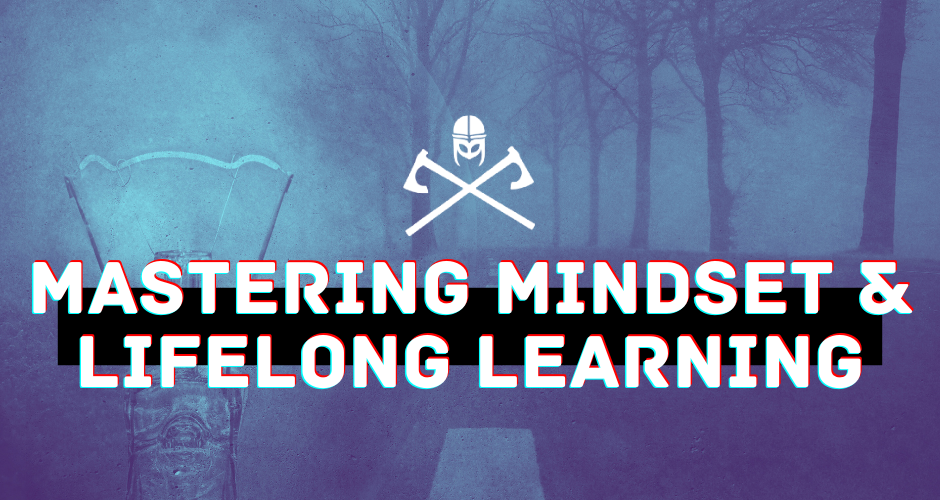
by Gene Crawford | Dec 3, 2024 | Podcast
Are you ready to redefine fitness and well-being as you age? In this episode, Shakeese and I dive into staying strong and mobile into our 40s and beyond. From David Goggins-inspired stories to insights on adapting workouts for aging athletes, we discuss the evolving importance of mobility, nutrition, and tailored routines. Mental resilience is equally vital, and we share strategies to overcome self-doubt and build confidence. Listen in as we explore discipline, mindful practices, and the wisdom of learning from others, leaving you with actionable steps for lifelong physical and mental growth.
(more…)
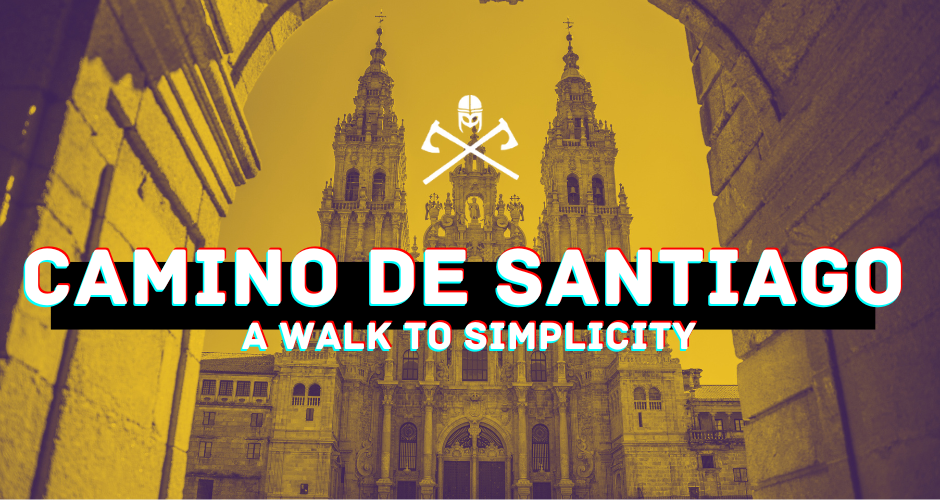
by Gene Crawford | Mar 11, 2024 | Podcast
There are journeys that challenge the body, and then there are those that transform the soul. In this captivating episode we’re taken along on one such transformative journey—the Camino de Santiago.
The episode unfolds with Andrew Askins, where his tale becomes more than just an exploration of an ancient trail; it’s a testament to the bonds of friendship and the birth of unexpected passions. Andrew’s account of his spiritual and physical pilgrimage along the ancient Camino de Santiago reveals a profound truth: resilience and camaraderie are transformative powers that guide us through life’s challenging paths.
What is it about the Camino that inspires such profound reflection? Perhaps it’s the shared struggle, a “trauma bonding” of sorts, as Andrew suggests. There’s something about enduring the grueling task of a 500-mile hike that fosters deep connections, akin to those forged in the disciplined practice of martial arts or the challenges of running a business.
The episode is a call to embrace minimalism and the essence of life unveiled on an ancient trek of transformation. As Andrew shares reflections on the Camino, we’re reminded of the importance of taking a break to reset not just our minds but also our hearts. It’s an invitation to step off the beaten path and discover that the most rewarding destinations often lie beyond the familiar.
(more…)
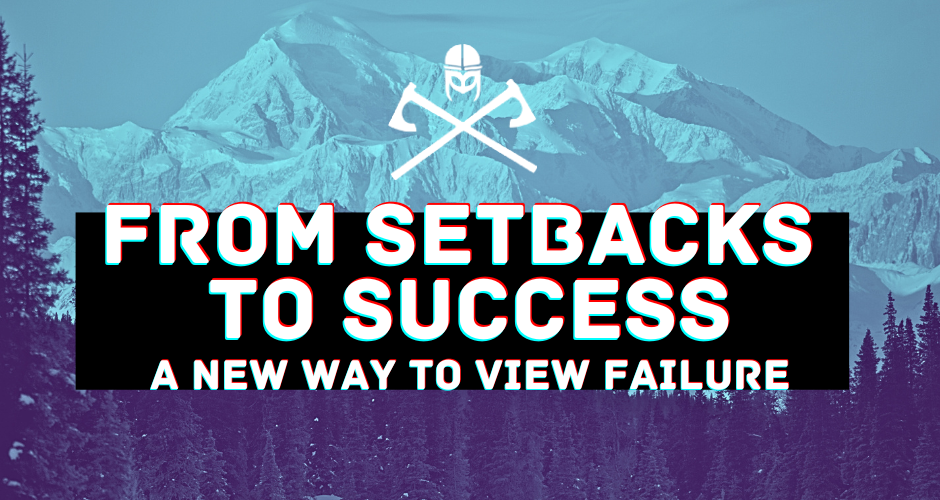
by Gene Crawford | Nov 12, 2023 | Podcast
Get ready for an eye-opening journey that will change how you see failure. Featuring Doug Black, developer and pastor, We’ll show you that it’s not the end but a chance to grow. We begin with the story of Mousetrap, a prototype that faced manufacturing issues but taught many valuable lessons. Then, we’ll inspire you with the tale of someone who overcame some servere health issues to compete in American Ninja Warrior, turning discomfort into strength. We discuss the power of a growth mindset in business. We touch on AI and community dynamics, emphasizing the importance of perseverance. Join us in this empowering conversation about embracing failure and coming out stronger with a new outlook.
(more…)





